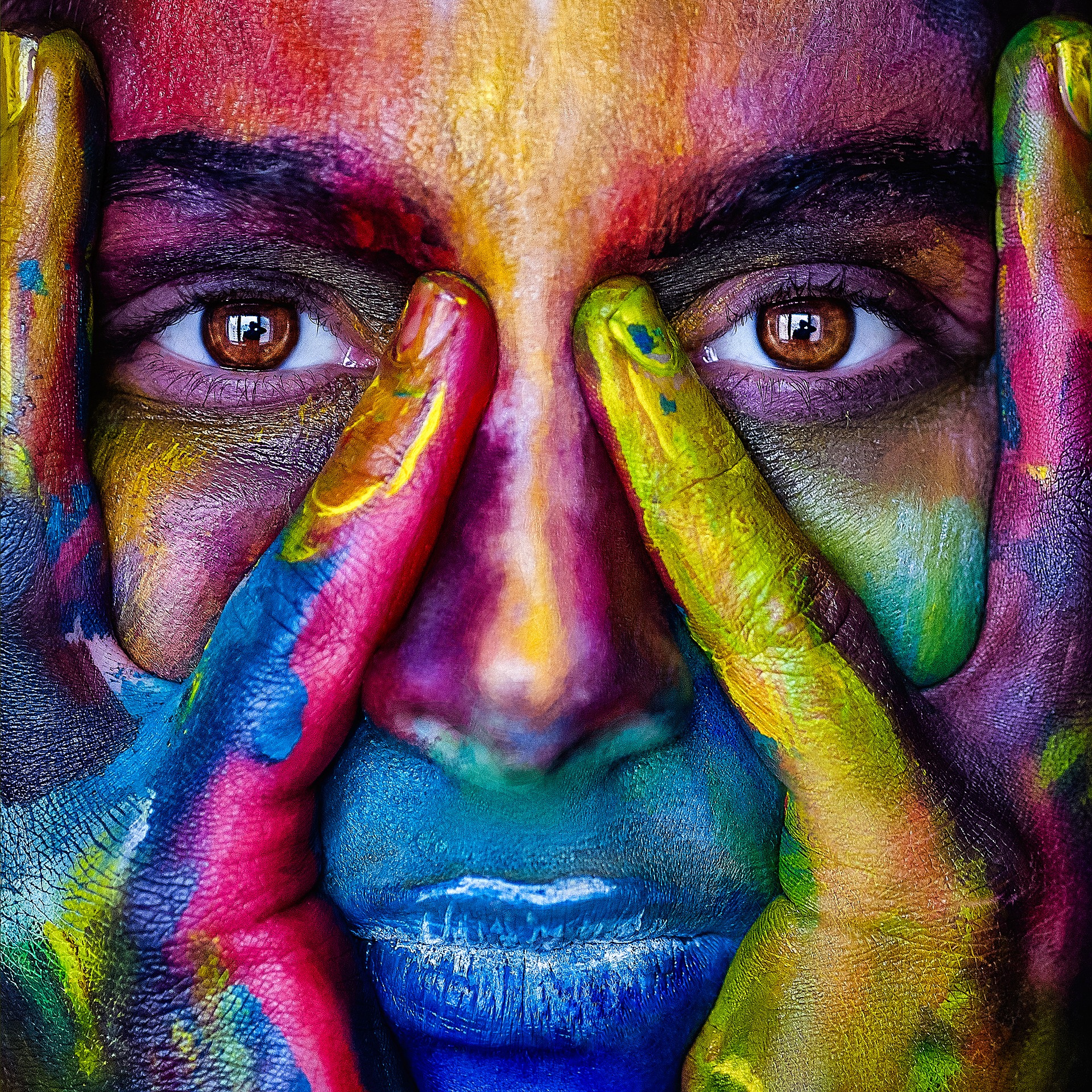
Culture and Color in International Marketing [Infographic]
Marketers and advertisers are familiar with color psychology – how color affects mental and physical states, and influences behavior – but are they paying enough attention to culture in their international marketing initiatives?
“From established best practices on the prominence of calls to action to more subtle aesthetic decisions evoking brand personality, every digital marketer is utilizing principles of color psychology, whether they know it or not,” Brian Lischer, founder and CEO of branding agency Ignyte told Digiday last year.
Indeed, many marketers believe color is the key to successful digital marketing.
Restaurants, for example, tend to use the color red, which is associated with hunger and excitement. Other concepts associated with color include:
- Competence – Blue
- Sincerity – White
- Sophistication – Black (also purple and pink)
- Ruggedness – Brown
While some similarities exist across cultures, color can take on profoundly different meanings around the world, and reactions to color vary based on social conditioning.
Since color psychology doesn’t exist in a vacuum, the color choices of international brands should prfioritize culture over consistency.
The color white, for example, may be associated with purity in some parts of the world, or linked with death and mourning in others. Similarly, green can symbolize fertility in some cultures, or greed and jealousy in others.
Brian Wallace, president of social media firm NowSourcing, created this infographic on colors around the world, providing insights into how different cultures react to color, including those with specific religious orientations.
It’s interesting to see where cultures converge and diverge.

About MLC Media
Contact us today for a free consultation or to learn how we can help you with international and multicultural marketing solutions, including strategy, broadcast and digital advertising, SMM, PPC, SEO, and content marketing.
share:




